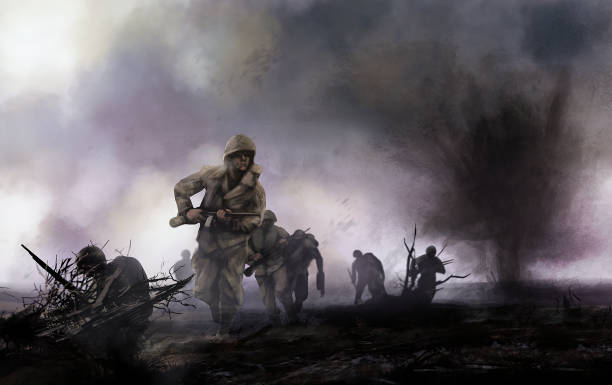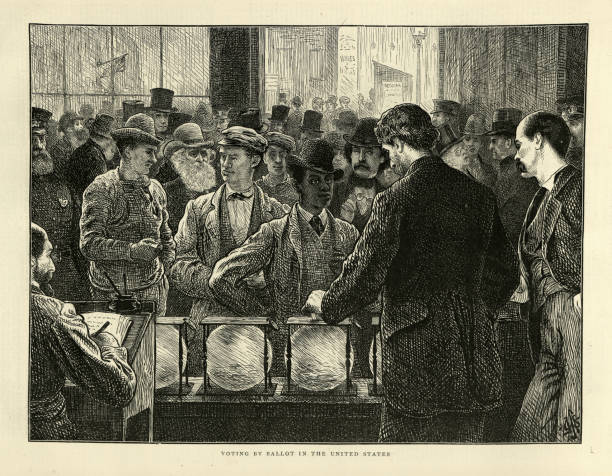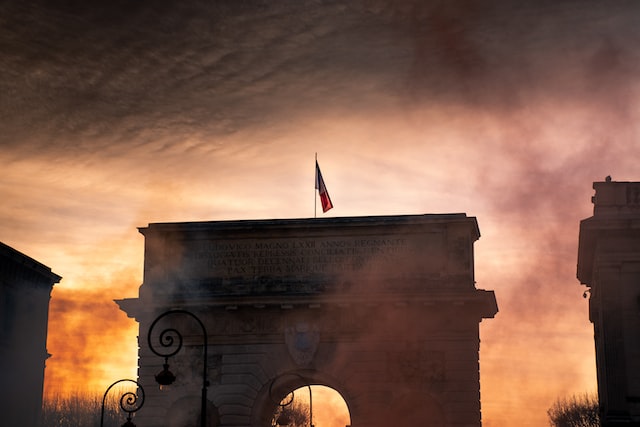History is full of events that have shaped our world, and culture and art are no exception. From ancient civilizations to modern times, these 10 historical events have had a profound impact on the way we create and consume art. They have sparked new movements, changed the way we think, and influenced the artists of today. In this blog post, we will take a look at the 10 most fascinating historical events that have shaped culture and arts in a more detailed way.
The Renaissance:

The Renaissance was a cultural movement that began in Italy in the 14th century and spread throughout Europe. It marked a shift away from the medieval period and a renewed interest in classical art, literature, and learning. The term “Renaissance” means “rebirth” and it was a period of great intellectual and cultural change, this movement rediscovered and developed the art, science, and literature of ancient Greece and Rome. Renaissance art is characterized by realism and a greater attention to detail, and it also marked the start of humanism, which placed emphasis on the individual and the secular. The Renaissance also marked the beginning of the modern era, and its influence can be seen in the art and culture of today, in fields such as architecture, painting, sculpture, and literature.
The French Revolution:
The French Revolution was a period of radical social and political upheaval in France that began in 1789 and ended in 1799. It led to the overthrow of the monarchy and the rise of Napoleon Bonaparte. The Revolution also had a significant impact on the world of art and culture, as it led to the establishment of the Louvre as a public museum and the rise of the neoclassical style. The neoclassical style was based on the art of ancient Greece and Rome, and it was seen as a way to express the ideals of the Revolution, such as reason, liberty, and fraternity. Many famous artists of the time, such as Jacques-Louis David, were commissioned to create works that celebrated the Revolution and its ideals. The French Revolution also had a profound impact on the way art was produced, as it brought about a shift from the traditional methods of art production, to a more modern and industrialized way.
The Industrial Revolution:

The Industrial Revolution was a period of rapid industrialization that began in Great Britain in the late 18th century and spread throughout Europe and North America. It brought about new technologies and changed the way people lived and worked. The Industrial Revolution also had a significant impact on the world of art, as it led to new forms of expression and the rise of the modern art movement. The changes brought about by the Industrial Revolution, such as the rise of the urban working class, and the growth of the middle class, had a profound impact on the art of the time. Artists began to reflect the reality of the new industrial society in their works, and it led to the rise of new art movements such as Impressionism and Realism. The Industrial Revolution also had a significant impact on the way art was produced, as it made art more accessible to a wider audience, through the production of cheaper and more widely available prints and reproductions.
World War I:
World War I was a global conflict that lasted from 1914 to 1918. It had a profound impact on the world, both politically and socially. The war brought about a sense of disillusionment and a questioning of traditional values and beliefs. It also had a significant impact on the world of art and culture, as many artists were inspired by the horror of the war and the search for meaning in the face of tragedy. The war had a major impact on the art of the time, leading to the rise of new art movements such as Futurism and Dadaism. These movements rejected traditional art forms and celebrated the modern world, often using avant-garde techniques and styles to express the chaos and destruction of the war. Artists such as Picasso, Dali and Ernst were heavily influenced by the war and it’s aftermath. Many artists also used their art as a means of expressing their anti-war sentiments, and their works continue to shape the way we think about the war and its impact on society.
World War II:

World War II was a global conflict that lasted from 1939 to 1945. It was one of the most devastating events in human history, and it had a profound impact on the world of art and culture. Many artists were forced to flee their countries or go into hiding to escape the atrocities of the war. The war also saw the rise of totalitarian regimes, which controlled and censored the art produced in their countries. Despite the difficult circumstances, many artists continued to create and their works often reflected the devastating impact of the war. The war had a major impact on the art of the time, leading to the rise of new art movements such as Abstract Expressionism and Surrealism, which often dealt with themes of trauma, displacement, and the human condition. Artists such as Frida Kahlo, Salvador Dali, and Jackson Pollock were heavily influenced by the war and its aftermath.
The Sexual Revolution:
The Sexual Revolution was a cultural movement that began in the 1960s and 1970s. It marked a shift away from traditional attitudes towards sexuality and gender roles, and it had a significant impact on the world of art and culture. Many artists were inspired by the movement and its message of sexual freedom and equality, and their works continue to shape the way we think about sexuality and gender today. The Sexual Revolution also had a significant impact on the art world, as it led to the rise of new art movements such as feminist art, which celebrated the female experience and perspective. Artists such as Judy Chicago, Frida Kahlo, and Yoko Ono were heavily influenced by the Sexual Revolution and their works continue to have a major impact on the art world today.
The Civil Rights Movement:

The Civil Rights Movement was a movement for racial equality that began in the United States in the 1950s and 1960s. It had a profound impact on the world, and it also had a significant impact on the world of art and culture. Many artists, particularly African American artists, were inspired by the movement and its message of equality and justice. They used their art as a means of expressing their experiences and perspectives, and their works continue to shape the way we think about race and inequality today. The Civil Rights Movement also had a significant impact on the art world, as it led to the rise of new art movements such as the Black Arts Movement, which celebrated the culture and history of African Americans. Artists such as Romare Bearden, Jacob Lawrence, and Faith Ringgold were heavily influenced by the Civil Rights Movement and their works continue to have a major impact on the art world today.
The Fall of the Berlin Wall:
The Fall of the Berlin Wall was a political event that occurred in 1989, it marked the end of the Cold War and the end of the division of Germany. It had a significant impact on the world and it also had a significant impact on the world of art and culture. Many artists were inspired by the event and its message of freedom and unity, and their works continue to shape the way we think about the world today. The fall of the Berlin Wall also had a significant impact on the art world, as it led to the reunification of Germany and the opening up of new opportunities for artists from both sides of the wall.
The Internet Revolution:

The rise of the internet and the digital age has had a profound impact on the world of art and culture. It has changed the way we create, share and consume art and information. The internet has made it easier for artists to share their work with a wider audience, and for audiences to discover new forms of art. It has also led to the rise of new forms of art such as digital art and online performance. The internet has also changed the way we think about copyright and intellectual property, and has led to new forms of collaboration and creativity. The internet has also democratized the art world, making it more accessible to a wider audience, but also raising concerns about the devaluation of art and the potential loss of traditional art forms.
The September 11 Attacks:
The September 11 Attacks were a series of terrorist attacks that occurred in the United States on September 11, 2001. They had a profound impact on the world, both politically and socially. The attacks brought about a renewed sense of patriotism and national pride, but also sparked feelings of fear, anger, and vulnerability. The attacks also had a significant impact on the world of art and culture, as many artists were inspired by the events and the aftermath. The attacks led to a renewed focus on issues of war, terrorism, and the human condition, and many artists used their art as a means of expressing their reactions and emotions. Many memorials and tributes were created in the aftermath of the attacks, and continue to stand as a reminder of the tragic events that took place.

